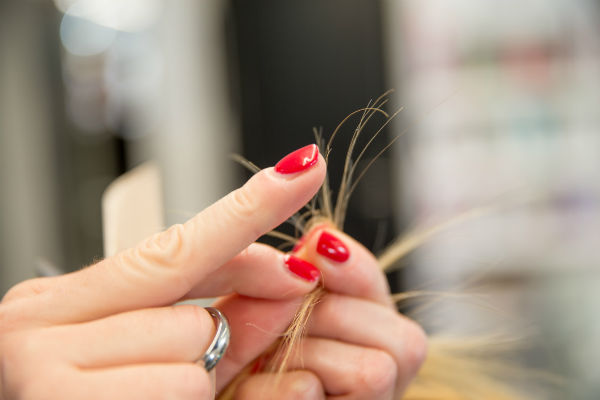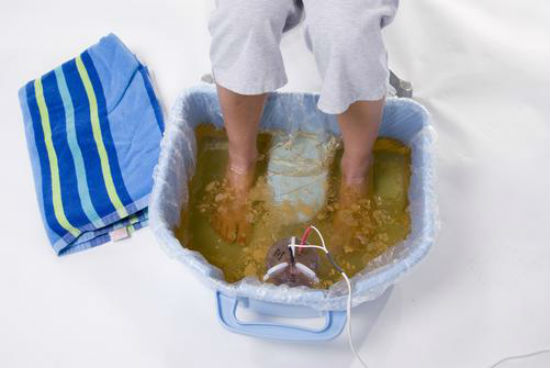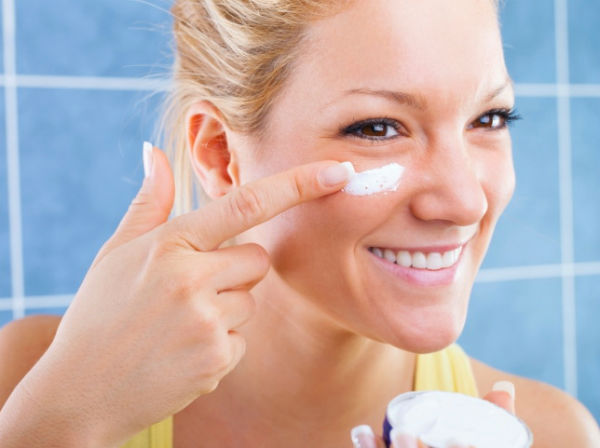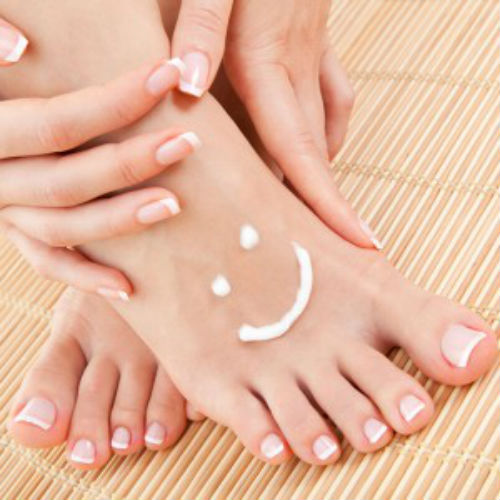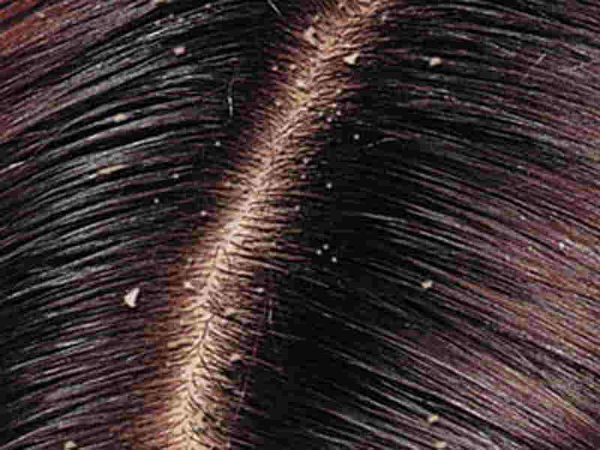This list is from shared.com, and I have to say that we sell pretty much all of them where I work. Since I’m not a pharmacist, I’m not allowed to make product recommendations in OTC, and not a beauty expert so the same holds true in cosmetics, but I’m often tempted to tell the customer they’re wasting their money when they ask me where the Airborne is or ask for an expensive name brand lip balm. The same holds true when someone comes in with a cold and I see them picking up 3-4 different products that all basically do the same thing, i.e. they have the same ingredients, because of course if you throw the kitchen sink at your symptoms they’re most definitely going to get better.
Airborne is a classic case of GREAT marketing by the inventors of the product, virtually every study has shown it does absolutely nothing to reduce the possibility of you catching a cold but we now sell about 20 different SKU’s of this snake oil. Well, maybe the placebo effect might be worth the $5.00 or more they are shelling out for it, anyways.
Odds are you pick up at least a few of the items on this list every month. But you’re better off saving your money, because none of these products do what they claim on the tin:
1. Pore strips
Even if you’re not the kind of person who obsesses over your skin, these products are considered a “must buy.” But while it feels satisfying to peel one of these strips off your nose, it’s not actually doing much for your skin.
The black “gunk” on the strip is called sebaceous filaments, and while they look nasty they’re mostly harmless. Plus, they’ll be back just a few hours after you use the strip. You might as well flush these strips down the toilet, because it would have the same effect on your pores.
2. Anything that promises to “repair” split ends
Fixing the damaged ends of your hair is the Holy Grail of shampoo and hair product ads, but it’s just a marketing ploy. The only thing that can really get rid of split ends is a trip to the hairdresser. Products that supposedly fix your hair can actually make it worse by damaging the ends even more.
3. Ionic foot baths
I bet you’ve seen ads for these products on late night TV and wondered “do they really work?” Nope. They claim to pull toxins out of your feet, and say that you know it’s working because the water in the basin turns murky.
But a chemistry professor from Rice University told the LA Times that this dirty water “didn’t show any traces of heavy metals or industrial chemicals other than a few chunks of rust that may have flaked off the electrodes.”
The makers of these foot massagers are “saying things that sound good, but they have absolutely no validity on this planet,” he warns.
4. (Most kinds of) suntan lotion
The Environmental Working Group did a massive study of over 900 different sunscreen products, and uncovered some shocking results. The group found that 3/4 of sunscreens don’t protect you as well as they claim on the bottle.
Separate research by Consumer Reports found that almost 40% of suntan lotions are half as strong as they claim to be. You can check if your brand is lying to you here, and look for brands that say they meet clinical guidelines for their SPF.
5. Cellulite creams
Cellulite happens in 85-98% of women, and research shows that factors like diet, exercise, hormones and genetic factors play a big part in the condition. Basically, cellulite is a “you have it or you don’t” type of skin condition. But there are still lots of products that claim to treat it!
Doctors still say the best “treatment” for cellulite is diet and exercise, but it’s also true that in your case it could be impossible to remove, so don’t waste money on any expensive creams.

